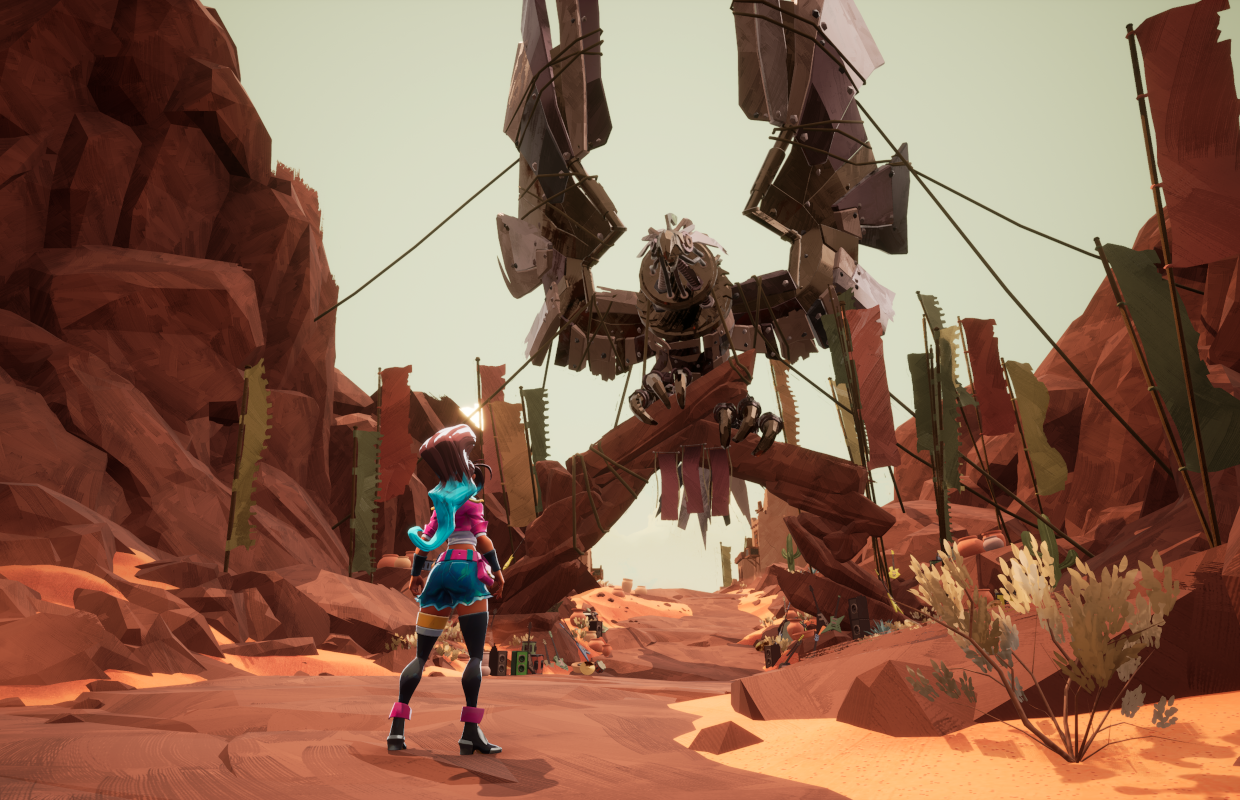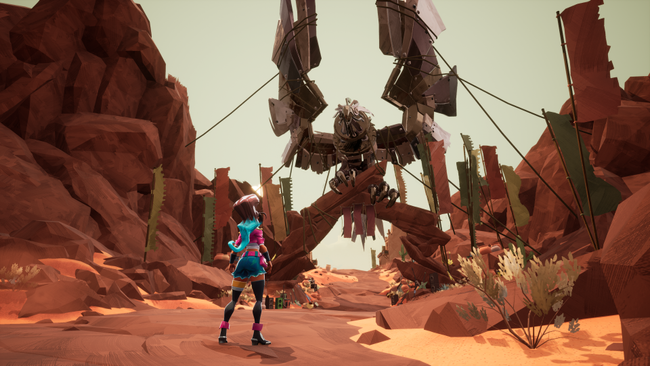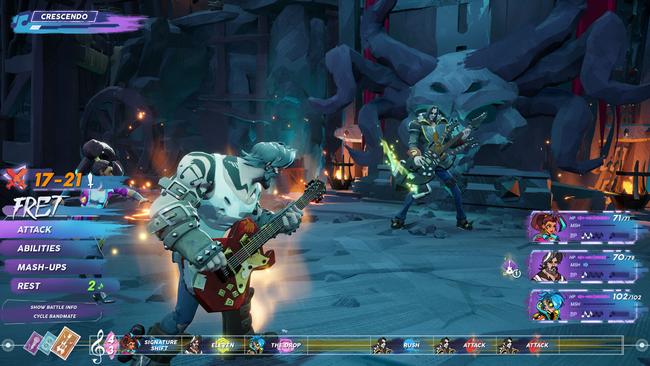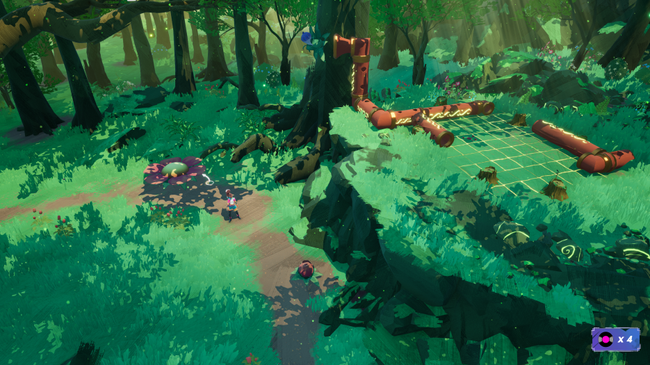
Although Tokyo Game Show primarily features games created in Asia, western publishers still participate by presenting projects from their teams – like People of Note from Iridium Studios. This RPG Musical, shown at the Annapurna Interactive booth, blends different musical genres and is visually inspired by classic RPGs like Chrono Trigger and Final Fantasy VII.
When you start playing, it quickly becomes apparent that People of Note isn’t a traditional rhythm game, but it’s clearly designed by musicians for musicians. The game’s every detail is based on musical terms. This makes explaining the battle system a bit challenging, as it relies on vocabulary that might not be familiar to those without a music background. It’s not confusing *while* you’re playing, it just makes it harder to explain the mechanics.

In People of Note, you take on the role of Cadence and her musical crew as they assemble the ultimate band for the Noteworthy Song Contest. In the world of Note, blending different music genres is unusual, and Cadence’s team – featuring styles like Pop, Rock, and EDM – is causing quite a stir. During battles, turns are represented by a time signature, showing how many actions your group can take compared to your opponents. The order of actions for each turn is displayed on a timeline, and the timing of your actions can change their effects. For example, one of Cadence’s moves gets a boost if she acts first during a turn. In the demo’s boss fight, the boss has an ability that affects the first slot of each turn, reducing the power of any skills used there – so timing is key!
Honestly, it’s tough to say how the battle system will *really* feel after playing for a long time. But I’m getting a good vibe – there’s a lot going on with how all the different systems connect! Every now and then, the timeline will change color, and that’s when you need to focus on using skills from party members who specialize in that type of music. You need BP to take actions, and you get one point per turn, but some Abilities let party members act like a battery, charging up other teammates instead. The equivalent of Limit Breaks – they’re called “Mashups” here – let you pull off special moves with multiple characters if you’ve filled the mashup gauge, and as long as the other team member hasn’t acted yet that turn. And these Mashups aren’t just one-time things – they leave a lingering effect that can really change how the battle plays out. It’s complex, but promising!

What I find most exciting about the battle system isn’t necessarily what we’ve seen in regular fights, but the potential it has as characters grow stronger. According to the game’s creative director, Jason Wishnov, combat – especially boss battles – is built around a system of matching the right abilities to the situation. Instead of gaining moves by leveling up, you’ll equip Abilities, similar to materia, into your gear. And there’s more: later in the game, you’ll be able to add modifiers that further enhance those abilities. This system reminded me of Trails in the Sky, where equipment often has limited slots that connect to specific abilities, forcing you to carefully plan which Abilities receive which buffs.
The core of People of Note really comes alive during boss fights. Though managing the timeline is crucial, developing a good sense of timing is equally important. The game shows the effectiveness of abilities as a range, which depends on how accurately you time your button presses. It might not seem like a huge deal now, but precise timing could become surprisingly important later on, especially when facing bosses and their Crescendo system.

Basically, boss fights get harder the longer they go on, as bosses gradually increase in strength. This happens in stages, so you won’t notice a sudden jump in difficulty, but it’s obvious that you’ll struggle if you haven’t developed a strategy once the boss is at full power. I’ve heard that, along with the ability-swapping system being central to the game’s balance, the developers are aiming for a boss design style similar to Final Fantasy XIII or Fantasian; each boss has a specific weakness, and it’s your job to discover it, instead of just using the same skills throughout the entire game. It’s all about adaptation and finding the right counter.
I don’t know how the game will feel throughout the whole experience – Jason kept details close to the vest, and although he couldn’t share an official estimate for the game’s length, he mentioned that “Chrono Trigger is a great length for an RPG” – but that’s enough to pique my interest and make me want to see how the complete game turns out. I haven’t had a chance to learn about the story, or even much about how the dungeons are designed yet, but something about this project stands out to me, and I’m excited to see how everything comes together when the game releases in 2026.
Read More
- Zerowake GATES : BL RPG Tier List (November 2025)
- Clash Royale codes (November 2025)
- LINK PREDICTION. LINK cryptocurrency
- T1 beat KT Rolster to claim third straight League of Legends World Championship
- How Many Episodes Are in Hazbin Hotel Season 2 & When Do They Come Out?
- Hazbin Hotel Voice Cast & Character Guide
- Sydney Sweeney Is a Million-Dollar Baby
- All Battlecrest Slope Encounters in Where Winds Meet
- Apple TV’s Neuromancer: The Perfect Replacement For Mr. Robot?
- Gold Rate Forecast
2025-10-03 05:56